Automating the Manufacturing Sales Process with Inbound Marketing

Let’s face it, the manufacturing sales process needs a refresh. While manufacturing has evolved tremendously over the last 20 years, the manufacturing sales process has remained stagnant. Manufacturing sales managers are still using cold calling and door-to-door sales methods that are not only time intensive but also have little return-on-investment. Learn how inbound marketing can automate the manufacturing sales process and close sales quicker and more efficiently.
Real Time Analytics
Inbound marketing software allows manufacturers to get real time analytics about the visitors on their website. You can view a prospect’s log of every page they’ve viewed, every email they’ve opened (and every time they’ve opened that email), and every content offer to which they have subscribed. The insight sales managers can get from inbound marketing is powerful. Based upon a prospect’s behavior, you can learn what products or services they needs, gauge how seriously the prospect is considering your company, and determine where that prospect is in the sales process. Then, sales managers can tailor the sales tactics to the customer and have a more successful close rate. Check out How to Convince Your Manufacturing CEO to Invest in Inbound Marketing for more information on the insight you’ll receive from implementing an inbound marketing platform.
Automating the Sales Process
Automation is a powerful tool that saves sales managers valuable time during the sales process. As your prospect continues to visit your website and read your content, they can automatically be enrolled in what we in the marketing world call “workflows”. A workflow is a series of content that is sent to that prospect that they are enrolled into based upon doing a certain action. We do a variety of workflows for our clients.
Sometimes, they are triggered by the prospect’s job title and industry, other times they are based upon a prospect visiting a certain page more than once or a series of pages on related products or services. Once the prospect completes a workflow or continues to visit your website many times and we are fairly certain that the prospect is in the decision making stage of the sales cycle, we can create “triggers” to tell a sales manager to pick up the phone and call a prospect.
Inbound Methodology
Inbound marketing works and saves sales managers time and money that they would have wasted pursuing prospects that weren’t ready to buy. However, the inbound marketing process isn’t as easy as it seems. There is considerable research required to develop engaging content that leads prospects through the sales funnel and learn the nuances of each individual buyer and how they liked to be engaged with by your company. On top of a need for constant keyword research and content development to keep attracting prospects to your website.
Long gone are the days of cold calling and door-to-door sales. Inbound marketing and automation give sales managers insight on who that prospect is and where they are in the sales process. Interested in learning more about inbound marketing? Check out our blog The 5 Biggest Inbound Marketing Mistakes Manufacturers Make for more information on how to avoid inbound marketing blunders.

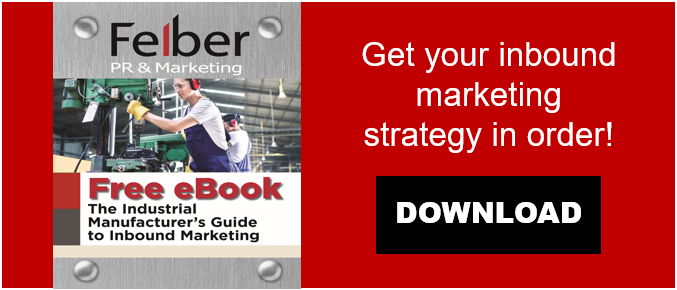


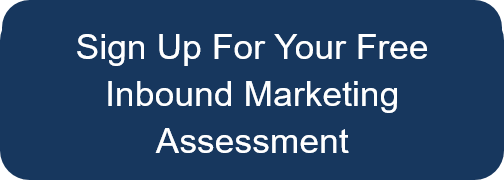

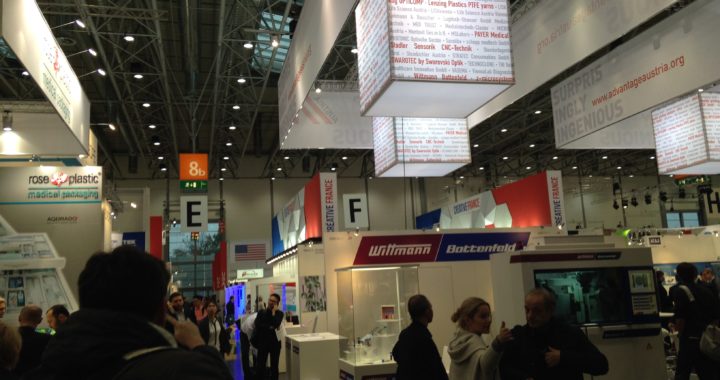
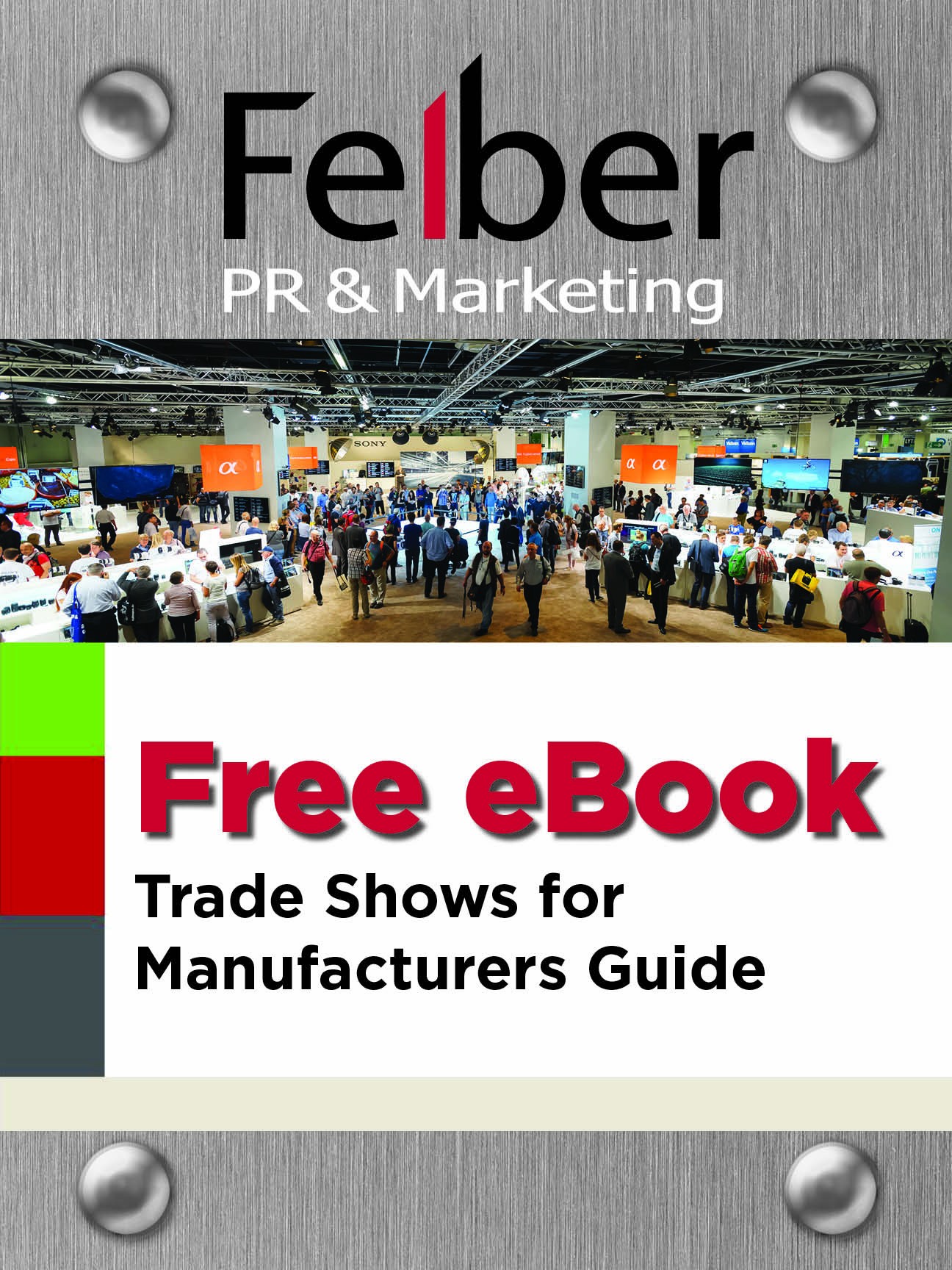
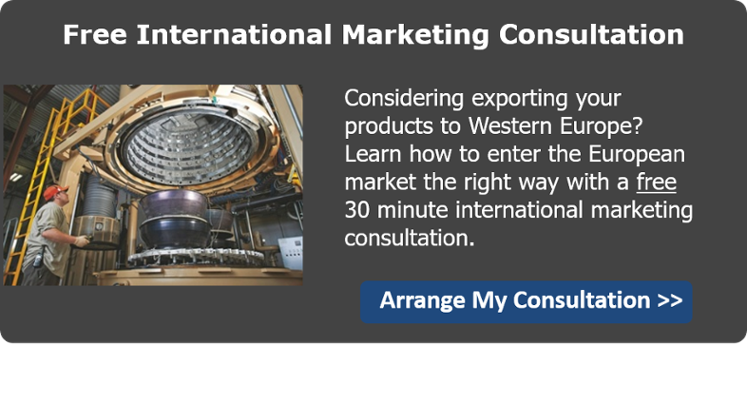
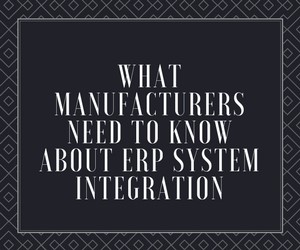 ERP system integration is a hot topic in the manufacturing sector and for good reason. Today’s manufacturing companies face a variety of challenges: pressure to increase productivity, lower operating costs, and manage ever-changing data needs. These days, data is king. Most companies do not have an issue generating data; problems arise when trying to access it and leverage it to positively position themselves within a competitive marketplace.
ERP system integration is a hot topic in the manufacturing sector and for good reason. Today’s manufacturing companies face a variety of challenges: pressure to increase productivity, lower operating costs, and manage ever-changing data needs. These days, data is king. Most companies do not have an issue generating data; problems arise when trying to access it and leverage it to positively position themselves within a competitive marketplace.
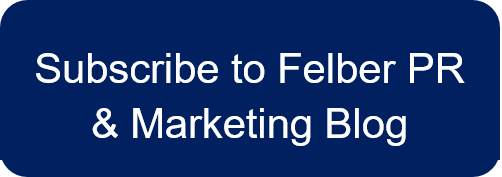
 Trade shows offer a variety of paid and sponsored opportunities. It can be overwhelming for manufacturers to determine which opportunities will have the most return-on-investment. In our blog, we’ve written on the topic of
Trade shows offer a variety of paid and sponsored opportunities. It can be overwhelming for manufacturers to determine which opportunities will have the most return-on-investment. In our blog, we’ve written on the topic of 
 Manufacturing referrals open doors to new business opportunities but getting your business colleagues to introduce you is easier said than done. Rather than asking for referrals blindly, you can improve your quality of referrals and odds of closing those referrals as customers by doing your homework. Below learn how to receive better, more frequent referrals that lead to sales.
Manufacturing referrals open doors to new business opportunities but getting your business colleagues to introduce you is easier said than done. Rather than asking for referrals blindly, you can improve your quality of referrals and odds of closing those referrals as customers by doing your homework. Below learn how to receive better, more frequent referrals that lead to sales.
